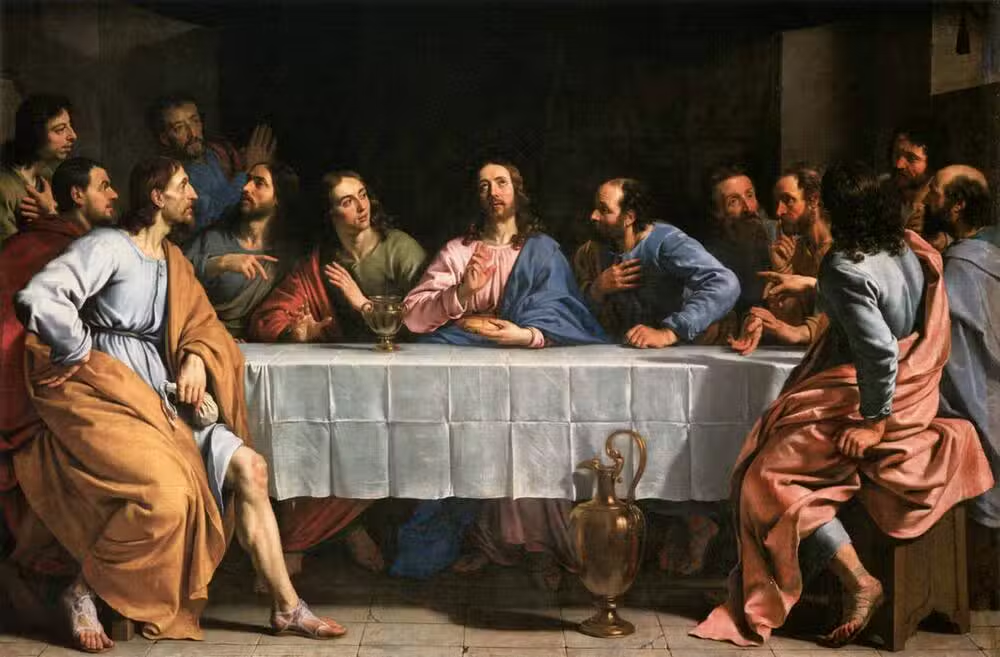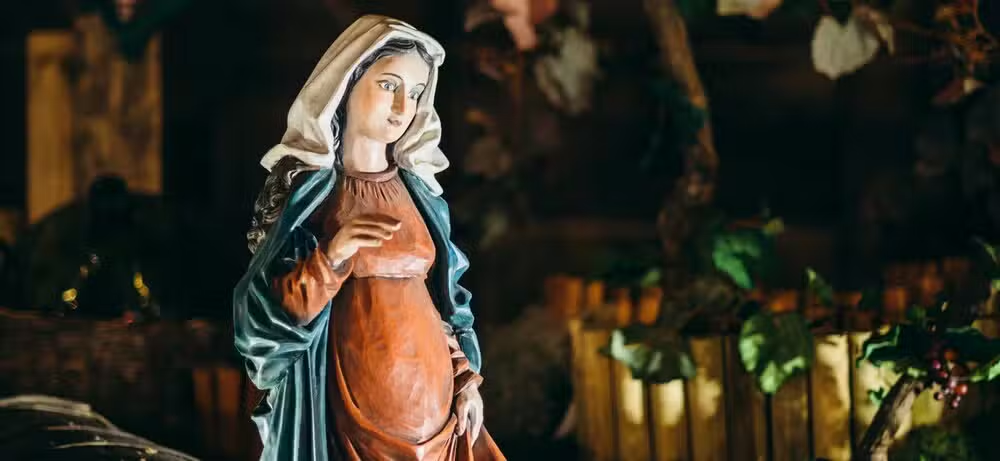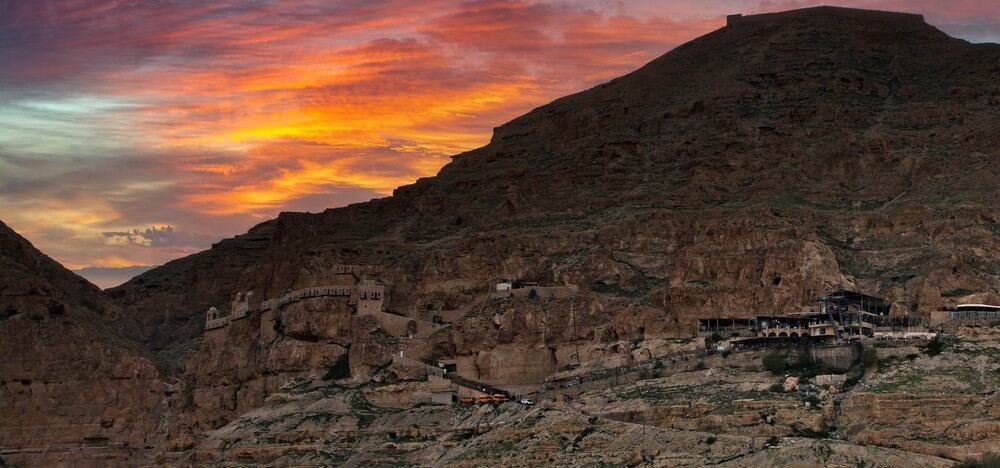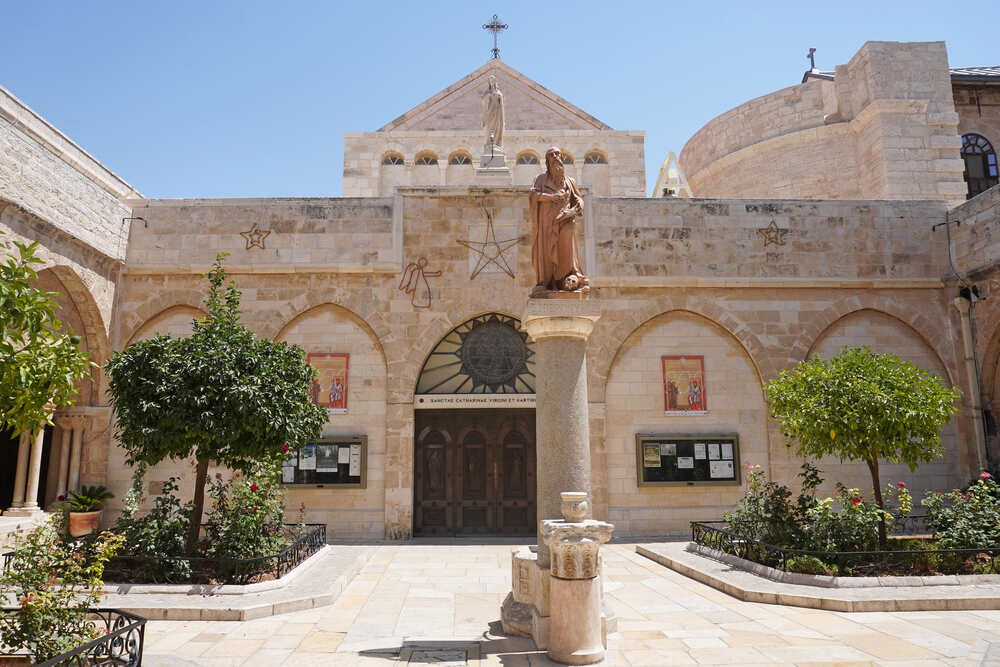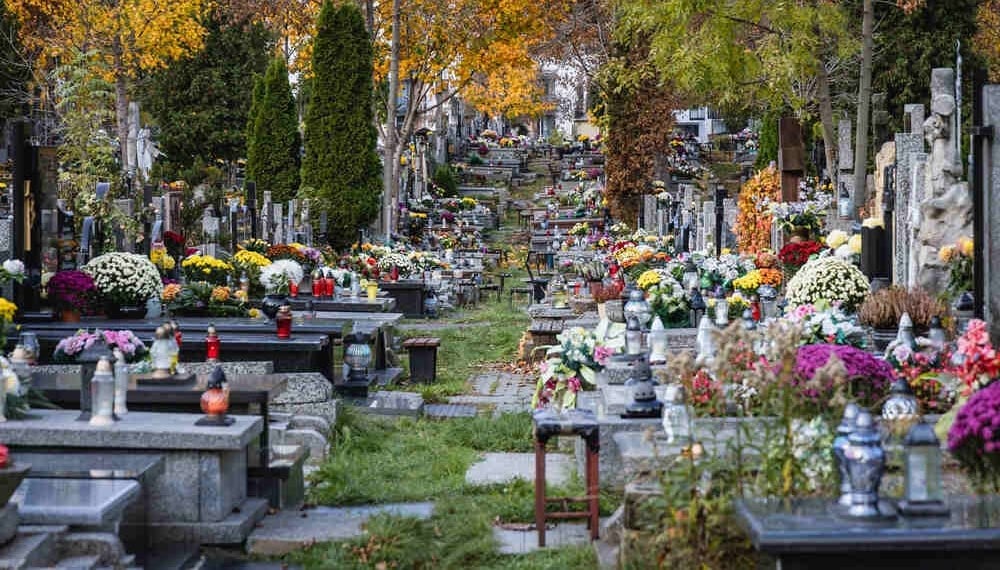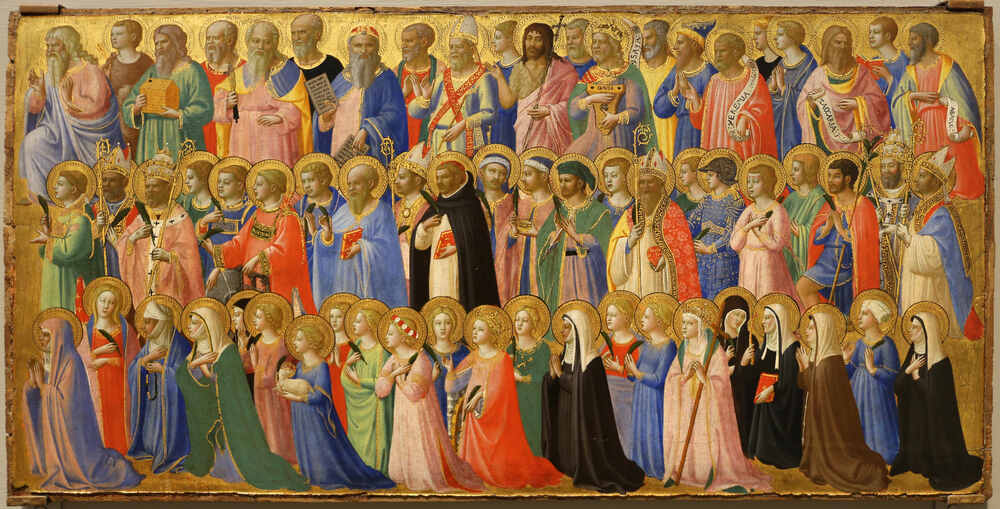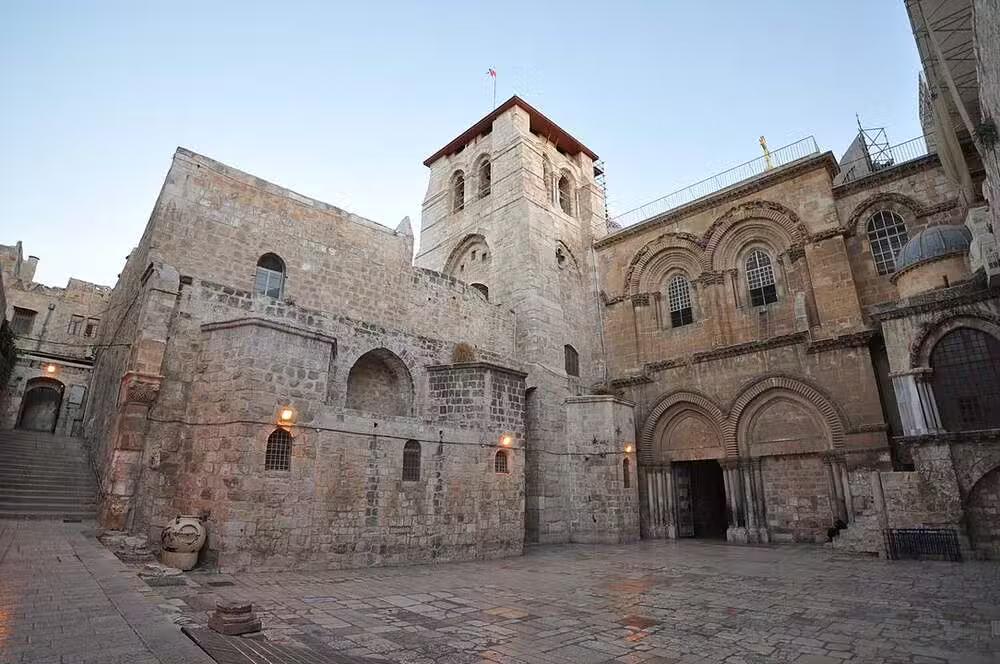The Last Supper, the pivotal moment when Jesus instituted the Eucharist, holds immense significance for Christians worldwide. Imagine the profound experience of contemplating one of the very objects Our Lord used during that sacred meal!
The fascination with Last Supper relics has captivated believers for centuries, as seen in the legends surrounding the Holy Grail. Several churches in Spain and Italy safeguard these extraordinary treasures of our faith.
Join us on a fascinating journey to discover where these sacred objects are preserved.
The Last Supper Relics are located in:
1. Cathedral of Saint Mary of Valencia (Spain)

By Fernando Pascullo – Own work, CC BY-SA 4.0, https://commons.wikimedia.org/w/index.php?curid=125664603
The most renowned and traditionally significant relic directly linked to the Last Supper is the Holy Chalice of Valencia, housed in the Valencia Cathedral, Spain. This agate cup is the object that uninterrupted tradition, supported by archaeological and historical studies, identifies as the chalice Jesus used to institute the Eucharist.
The cup, believed to date back to the 2nd or 1st century BC and possibly originating from Antioch or Alexandria, is speculated to have been brought to Rome by St. Peter. To protect it from persecutions, Deacon Lawrence allegedly sent it to Huesca, Spain. It was later hidden in the Pyrenees during the Muslim invasion before finally surfacing at the Monastery of San Juan de la Peña. Its arrival in Valencia in 1437 is well-documented. . It was later hidden in the Pyrenees during the Muslim invasion before finally surfacing at the Monastery of San Juan de la Peña. Its arrival in Valencia in 1437 is well-documented.
The Holy Chalice of Valencia is the only chalice that maintains its claim of authenticity and is backed by the Holy See. Popes such as Saint John Paul II and Benedict XVI have used it in their Mass celebrations, further solidifying its veneration.
The chalice consists of three parts: an upper cup (the “Holy Grail”), an inverted oval base, and a gold knot that connects them, adorned with precious stones and pearls.
For more information about this Church, visit the website of the Cathedral of Valencia
2. Basilica of Saint John Lateran (Rome, Italy)
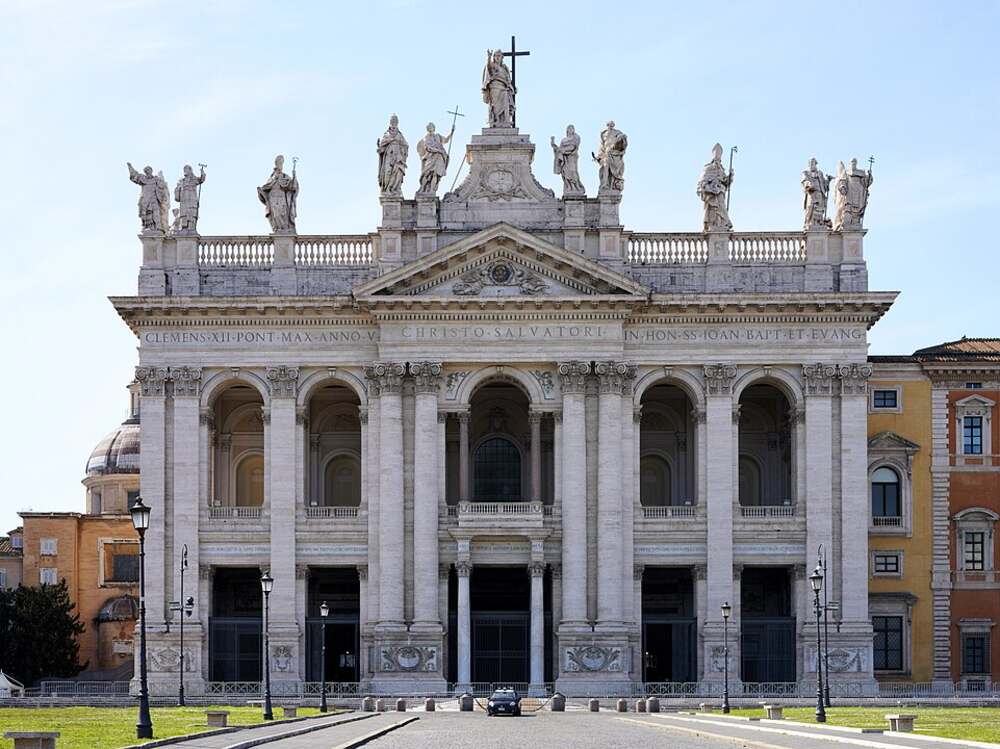
By NikonZ7II – Own work, CC BY-SA 4.0, https://commons.wikimedia.org/w/index.php?curid=101762109
In addition to safeguarding other immensely important relics of Christ’s Passion, St. John Lateran houses two relics from the Last Supper:
- Table of the Last Supper:
Located above the Blessed Sacrament altar in the south transept, behind a valuable solid silver bas-relief, are two cedar wood panels (each measuring approximately 2 x 4 feet). Tradition, documented in the Tabula Magna Lateranensis (a 13th-century relic inventory), holds that this table was brought to Rome by Emperor Titus in 70 AD, following the destruction of the Temple of Jerusalem.
- Part of the seat where Jesus sat or reclined:
In the nearby Sancta Sanctorum Chapel, displayed on the left wall facing the altar, is a fragment believed to be from the bench or seat where Jesus reclined during the Last Supper. The inscription on its frame clearly states: “Pars lectuli in quo D.N. Feria V. in Coena recubit” — meaning, “part of the couch on which Our Lord reclined at the Supper of the Fifth Day,” in other words, Maundy Thursday.
For more information about this church, visit the Basilica of St. John Lateran website.
Location: P.za. San Giovanni In Laterano, 00184 Roma RM, Italy.
3. Cathedral of Saint Mary of the Assumption (Coria, Spain)

By José Luis Filpo Cabana – Own work, CC BY 3.0, https://commons.wikimedia.org/w/index.php?curid=25605733
The Tablecloth of the Last Supper is preserved in the Cathedral Museum of Coria, Cáceres, Spain. Although it has faded from public awareness in recent times, this relic was an object of great devotion for centuries.
The tablecloth is a yellowish-white linen canvas with blue decorations, measuring approximately 14.17 x 2.95 feet (4.32 x 0.90 meters), and is virtually intact. While it has undergone some studies, their conclusions regarding its authenticity are not entirely conclusive. Its exact arrival in Coria remains unknown.
One unusual theory, proposed by an American scientist who studied it, attempts to link it to the Shroud of Turin. This theory suggests that both cloths were on the same table—meaning, at Christ’s Last Supper. Specifically, the Shroud of Turin would have been the cloth covering the food, which was removed at the start of the meal, thus having poorer decoration.
Christ died at three in the afternoon on a Friday and had to be buried before six the same day, when the Shabbat began. Joseph of Arimathea had only three hours to claim Christ’s body from Pilate, transport it to the tomb, make preparations, shroud it, and seal the tomb. In the rush to find a burial shroud, they would have taken the second covering tablecloth to wrap Christ.
For more information about this Church, visit the website of the Cathedral of Coria
These remarkable relics of the Last Supper, preserved in venerable churches across Spain and Italy, offer us a tangible link to one of Christianity’s most foundational events. Beyond their historical value, they are tangible imprints of Jesus’ redemptive love, inviting us to delve deeper into the mystery of our faith.
Remember, to gain the most spiritual benefit from your visit to any of these holy sites, it’s highly recommended to take the opportunity for Confession, Adore the Blessed Sacrament, and participate in Holy Mass.
Jesus, who became our prisoner in the Eucharist to remain always with us, longs for you to reconcile with God and spend time making reparation for the sacrileges committed against the Most Blessed Sacrament. He also desires your participation in Holy Mass, where the mysteries instituted at the Last Supper are renewed.
Today, these relics invite us to look with our hearts upon the Crucified One and recognize the greatest love in His sacrifice. Guarded in majestic basilicas and cathedrals, these relics continue to serve as spiritual lighthouses, guiding the faithful toward the heart of the Christian message Love has triumphed over sin and death.
If you feel inspired to visit the Basilica of St. John Lateran, Valencia Cathedral, or Coria Cathedral to venerate these relics, remember your Mass Times app will be your best travel companion. It will help you find local Mass schedules, Confession services, and Adoration times, ensuring your spiritual pilgrimage is always connected with the sacraments. Download it now.
What are the Relics of the Last Supper?
The relics of the Last Supper are material objects that, according to Christian tradition, were directly related to the institution of the Eucharist. Among the most venerated are the Holy Chalice of Valencia, the chair, the table, and the tablecloth.
Where are the Main Relics of the Last Supper Located?
The most significant relics of the Last Supper are preserved in the cathedrals of Valencia and Coria (Spain) and the Basilica of St. John Lateran (Italy).
How Can I Search for a Church that Houses Relics of the Last Supper?
-
- Open the app and move the map manually until the area where you want to search is in the center of the screen. (This step is not necessary if you want to search in the area around your current location.)
- Press the magnifying glass icon at the top of the screen
- You will see a list of all nearby churches. The list will be sorted by distance from the point in the center of the screen where you pressed the magnifying glass.
- You can filter the list by typing a text in the search box at the top of the list. Only churches with these characters in the church name, address, location, mass times, confession, or additional information will be visible. For example, you can type 12: to search for masses between 12:00 and 12:59.
- You can scroll through the list until you find the one that best suits your needs. You can tap on a church to go to the screen that shows all its details.

